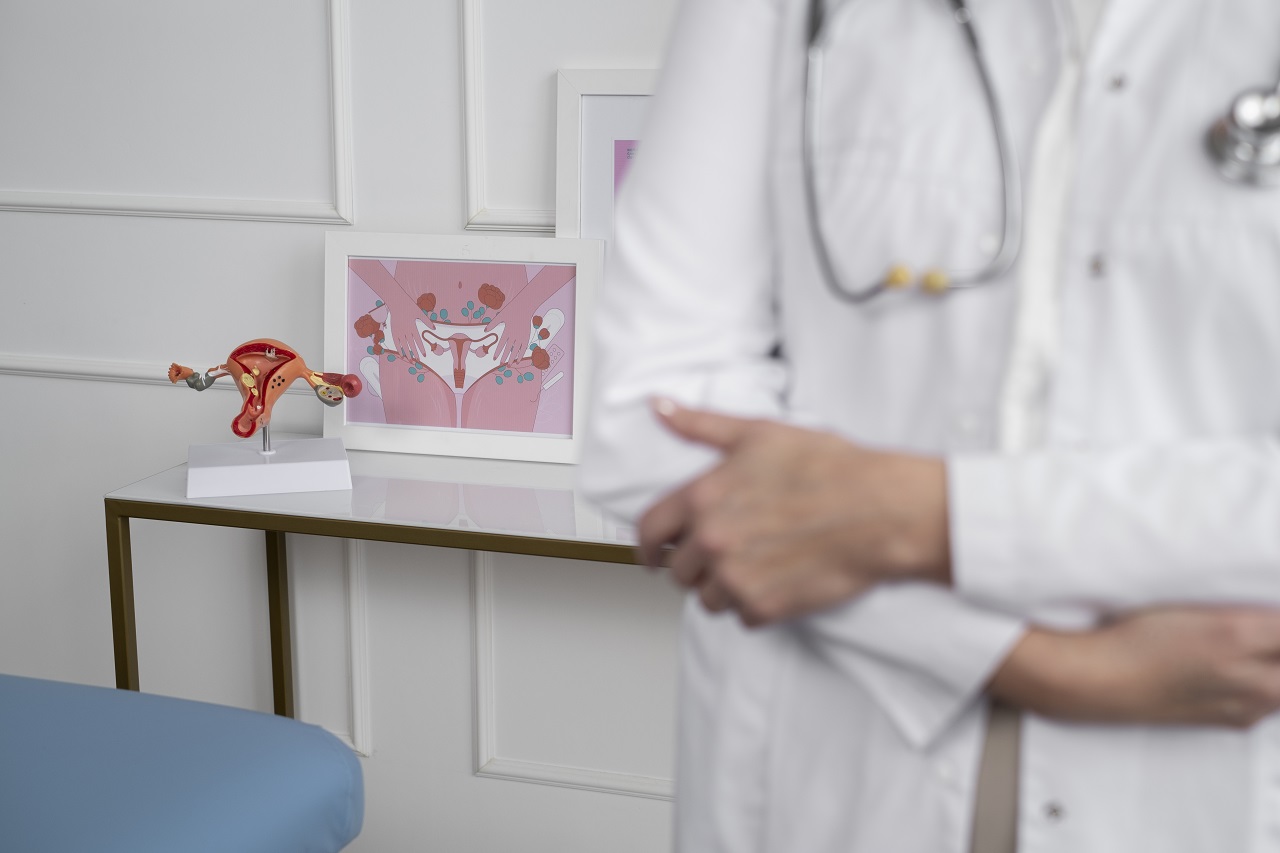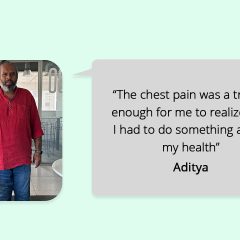 Should women workout during their menstrual cycle? It’s a question asked by most women who have either started working out, have been in sports or trekking, etc. How can a woman or girl stop working out for a span of 4-6 days, especially the ones who are active? There could be varied opinions on the same.
Should women workout during their menstrual cycle? It’s a question asked by most women who have either started working out, have been in sports or trekking, etc. How can a woman or girl stop working out for a span of 4-6 days, especially the ones who are active? There could be varied opinions on the same.
How Does Working Out During A Menstrual Cycle Help?
If we put in a little logic, it does show us that a workout during their menstrual cycle would help women feel better. How is that? In general, when anyone works out, the body tends to release endorphins, the feel-good hormone and makes one feel good and happy. In the case of women, this is especially true, when the other hormones are already making her feel irritated, low on energy and weak during her periods.
Another positive is better circulation and higher metabolism – both of which will make sure that all the processes in the body are working well, thereby also making the woman’s uterine muscles relax, which otherwise are constricted during periods and can be a major cause for cramps. Better circulation can even help in relieving headaches and other small aches, which otherwise happen with iron deficiency during this phase.
 Having said this, the intensity of workouts should not be very high, it should be low to moderate. Before starting off, you may not feel like doing so but, as you start with a light warm-up such as a slow walk, followed by some stretching, it will make you feel better and thus, take the workout forward slowly and steadily. In fact, light stretching will even help you get rid of congestion in the pelvic area.
Having said this, the intensity of workouts should not be very high, it should be low to moderate. Before starting off, you may not feel like doing so but, as you start with a light warm-up such as a slow walk, followed by some stretching, it will make you feel better and thus, take the workout forward slowly and steadily. In fact, light stretching will even help you get rid of congestion in the pelvic area.
When You Should Avoid Working Out
Women, who suffer severe pain and more bleeding should avoid it, as exercise can make them feel weaker and can make it very painful. Again the question pops up, why and how?
During periods, the woman’s Uterus and the veins inside are a little sensitive. Any pressure on it, be it in the form of exercise or any other activity, can cause more pain. Women who already encounter a lot of pain should avoid taking the risk of working out and should rest for 2-3 days and then get back to their routine. Failing to do so can cause more weakness with loss of blood due to excessive bleeding.
Albeit, you can do some light walks, stretching, or yoga. You can try swimming too as it equally helps in feeling fresh, light and helps easing off the pain. As a precautionary step, always remember to eat something before the workouts to get the dash of energy you need to workout.
We hope this article helps you! For more articles on Women’s Health, check out Healthy Reads. You can also download the GOQii App to keep a track of your menstrual cycle or speak to an expert by subscribing for GOQii’s Personalised Health Coaching here.
#BeTheForce







